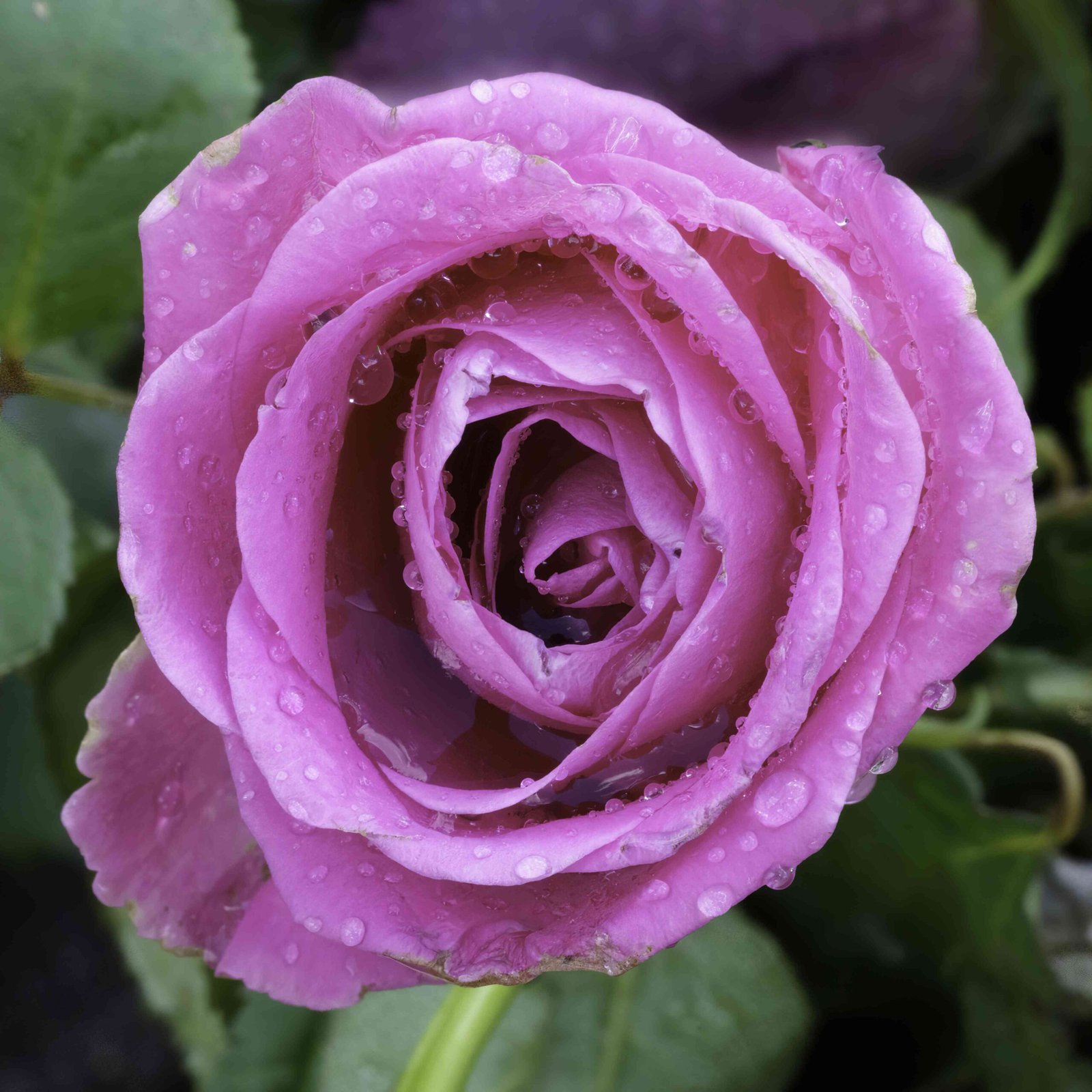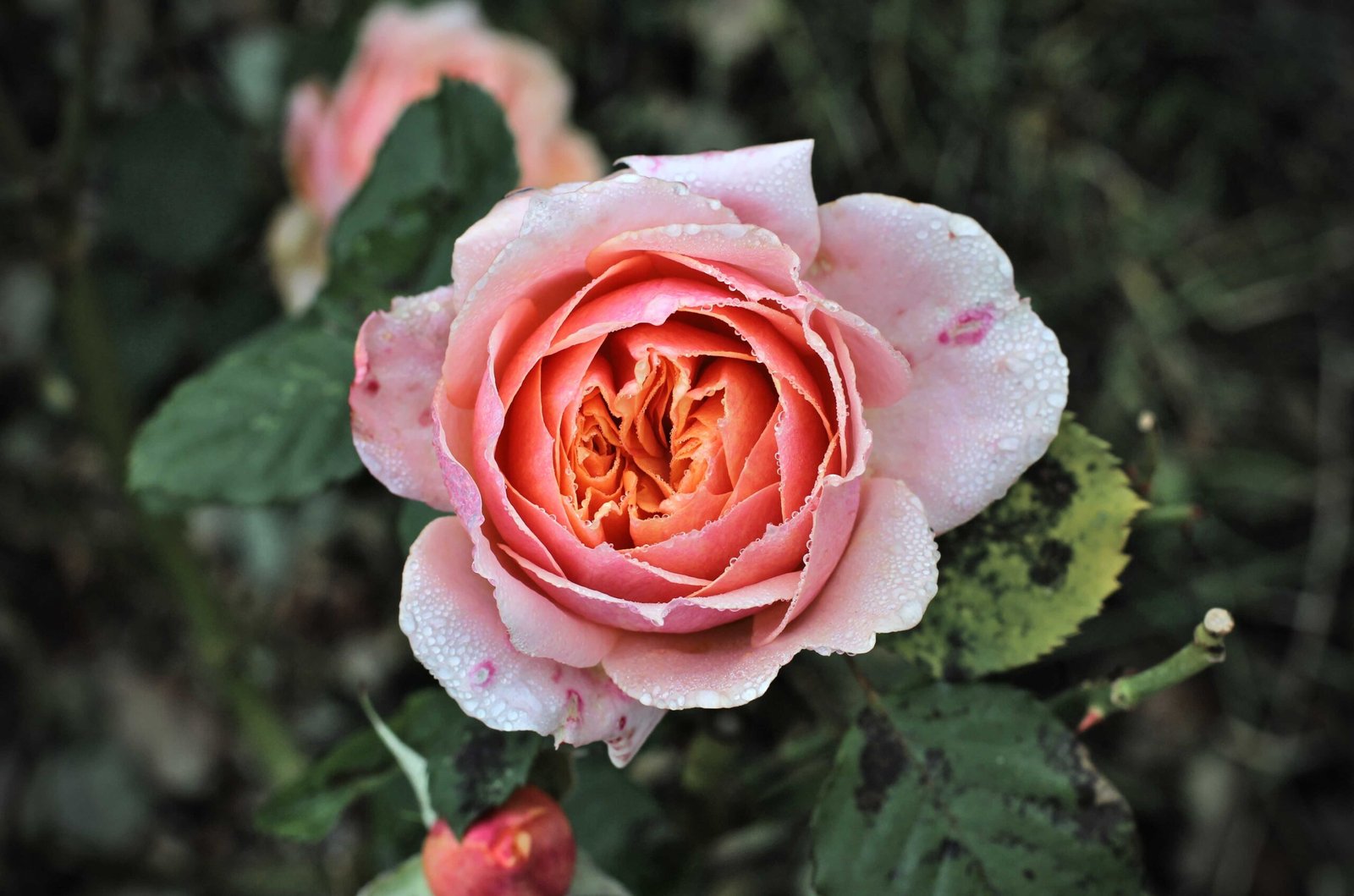Yes, a Rose is an Angiosperm

Roses belong to the plant kingdom Plantae and are classified as angiosperms, which are flowering plants that produce seeds enclosed within fruits or pods. This article delves into the botanical classification of roses and their characteristics as angiosperms.
What is an Angiosperm?

Angiosperms, also known as flowering plants, are a group of plants that have evolved to produce flowers containing the reproductive structures. They are characterized by the presence of vascular tissue, seeds, and flowers. Angiosperms have seeds that are enclosed within fruits or seed pods, unlike gymnosperms, which have exposed seeds.
Taxonomic Hierarchy of Roses
Roses belong to the following taxonomic hierarchy:
- Kingdom: Plantae
- Phylum: Magnoliophyta
- Class: Magnoliopsida
- Subclass: Rosidae
- Order: Rosales
- Family: Rosaceae
- Subfamily: Rosoideae
- Tribe: Roseae
- Genus: Rosa L.
Characteristics of Roses as Angiosperms
As angiosperms, roses exhibit the following key characteristics:
Vascular Tissue
Roses, like other flowering plants, have vascular tissue that transports water, nutrients, and other essential compounds throughout the plant.
Flowers
Roses produce flowers that contain both male and female reproductive structures, including petals, sepals, stamens, and carpels. These flowers are the key reproductive structures of angiosperms.
Seeds
The flowers of roses develop into fruits called hips, which contain the seeds. These seeds are enclosed within the fleshy hip structure, a defining feature of angiosperms.
Diversity
The genus Rosa includes approximately 100 species of perennial shrubs, showcasing the diversity of rose angiosperms.
Ecological Roles and Significance of Roses
Roses play important ecological roles as angiosperms:
Pollination
Roses are insect-pollinated, attracting a variety of pollinators such as bees, butterflies, and other insects. This interaction is crucial for the reproduction of roses and contributes to the biodiversity of ecosystems.
Food Source
Rose hips, which are rich in vitamin C, are consumed by fruit-eating birds, which then disperse the seeds. This process aids in seed dispersal and contributes to the spread of rose species.
Habitat Provision
Roses provide shelter and resources for various insects and small animals, contributing to the overall biodiversity of their ecosystems.
In conclusion, roses are undoubtedly angiosperms, exhibiting the key characteristics of flowering plants, including vascular tissue, flowers, and enclosed seeds. Their ecological roles and significance further highlight their importance as part of the angiosperm plant group.
